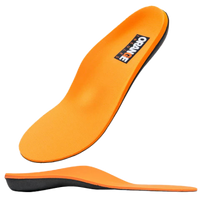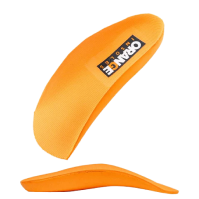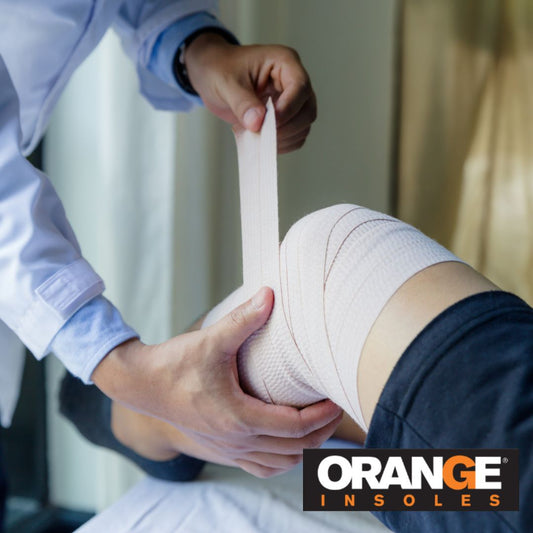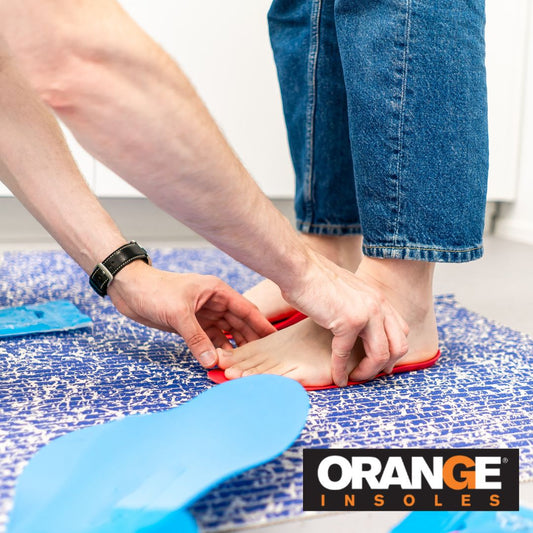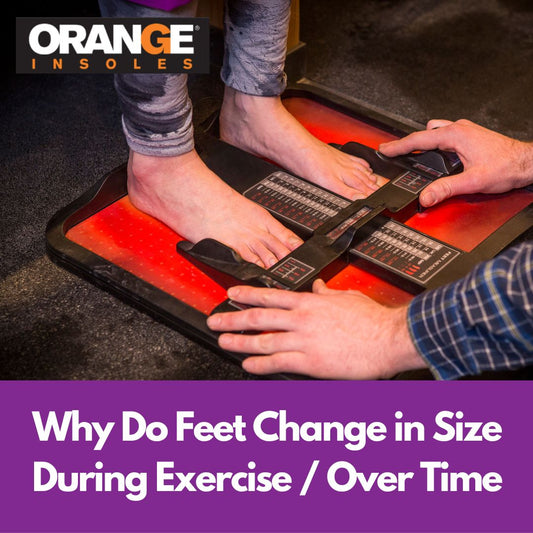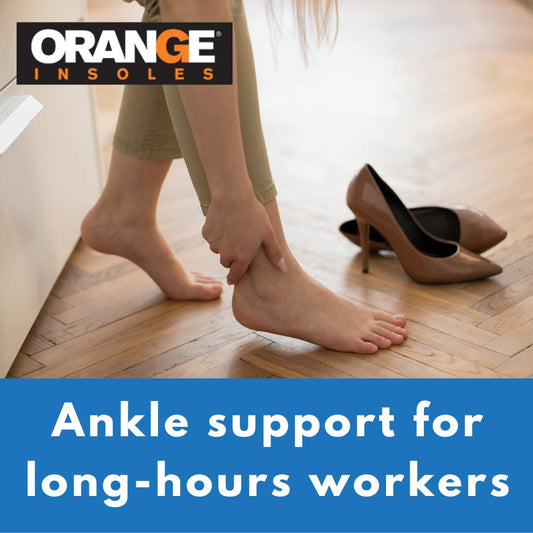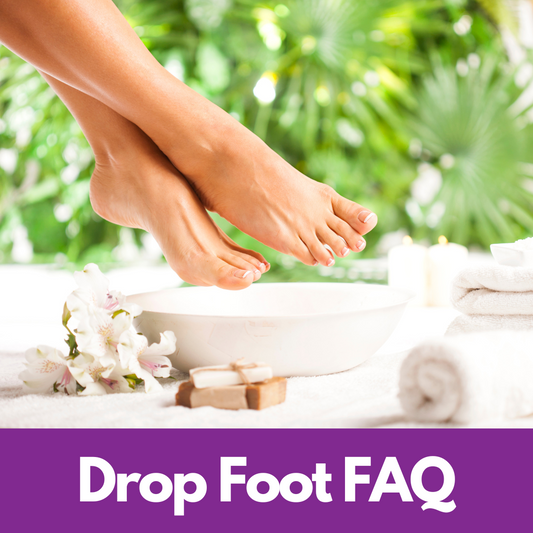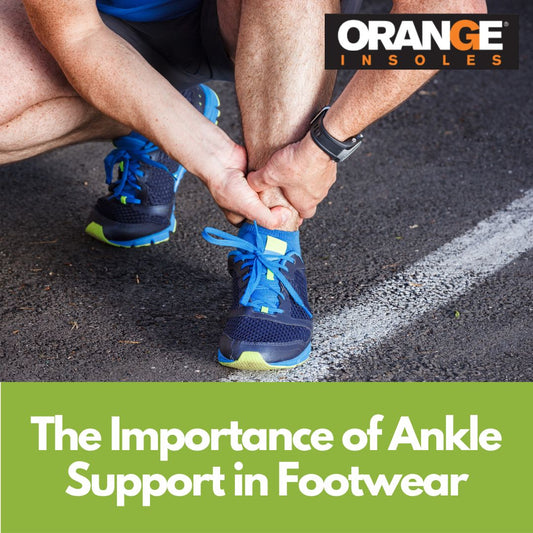Your ability to do (or not do) the splits may not have anything to do with your age or how much you stretch. Your ability to recover after a workout may not have anything to do with your stamina.
It all links back to something called fascia.
Ok, we’re gonna be honest—fascia is…complicated. It is one of the most important systems in the body but it’s also the most misunderstood.
What is Fascia:
The technical definition: Fascia is a band of connective tissue beneath the skin that attaches, stabilizes, encloses, and separates muscles and other internal organs.
The simpler definition: It’s kind of like the membrane around each section of an orange and acts as a layer of protection around muscles and organs. It is one continuous structure that runs through our entire body, head to toe, without interruption. Because of this connection, pain in one area can be due to issues with the fascia in another.
Why Does Fascia Matter?
Fascia plays a number of important roles throughout our bodies.
- It stores water and fat
- It’s a passageway for lymph fluid
- It acts as protective padding
- It separates our muscles into compartments
- It creates the shape of the body
Problems With Fascia:
Fascia is extremely flexible and can resist a lot of force. But when that movement is restricted, either from trauma, emotional trauma, scarring, or inflammation, the fascia becomes tight and a source of tension throughout the body. This tension doesn’t show up on x-rays and can cause pain and lack of motion.
Fascial restriction can cause:
- Excessive pressure
- Headaches
- Restricted range of motion
- Reduced flexibility
- Reduced stability
One common ailment resulting from inflammation in the fascia surrounding the heel and the bones in the middle of the foot is plantar fasciitis. This fascia normally serves as arch support and as a shock absorber in the foot. When it’s inflamed, you’ll experience pain in the heel or along the arch of the foot.
Causes of Fascia Restriction:
- Poor posture
- Dehydration
- Poor sleeping habits
- Stress
- Injuries to the muscles
Fixing Fascia Problems:
Myofascial Release
Myo means muscle, so myofascial release is simply manipulating the muscles surround the fascia tissue. When you rub restricted areas, it helps release any adhesions that may have developed and allows the muscles and tissues to move more efficiently. A myofacial release requires deep strokes and is essentially a massage without any oils or lubricants. This type of release can offer relief from back pain and sciatica.
Prevention:
Exercising and stretching regularly both go a long way in making sure fascia stays flexible. Minimal movement can lead to an overgrowth of collagen causing fascia to become tight.
- Stretch
- Move more
- Go to the sauna
- Do yoga
- Try cardio
- Stay hydrated
Support:
Extra support can be particularly helpful especially when treating and preventing the inflammation of the fascia in the foot that causes plantar fasciitis. Supporting the foot with proper shoes and insoles, can prevent or eliminate the vast majority of foot related problems. Supporting your arch and your heel are extremely important when it comes to keeping that fascia flexible. One of the easiest and most effective solutions is to add an insole that provides a forgiving support for both the arch and heel.
If you have a knot that seems to move around or pain that just won’t go away, it could be because of your fascia. To start feeling better get moving, keep moving, and try to relax a little.